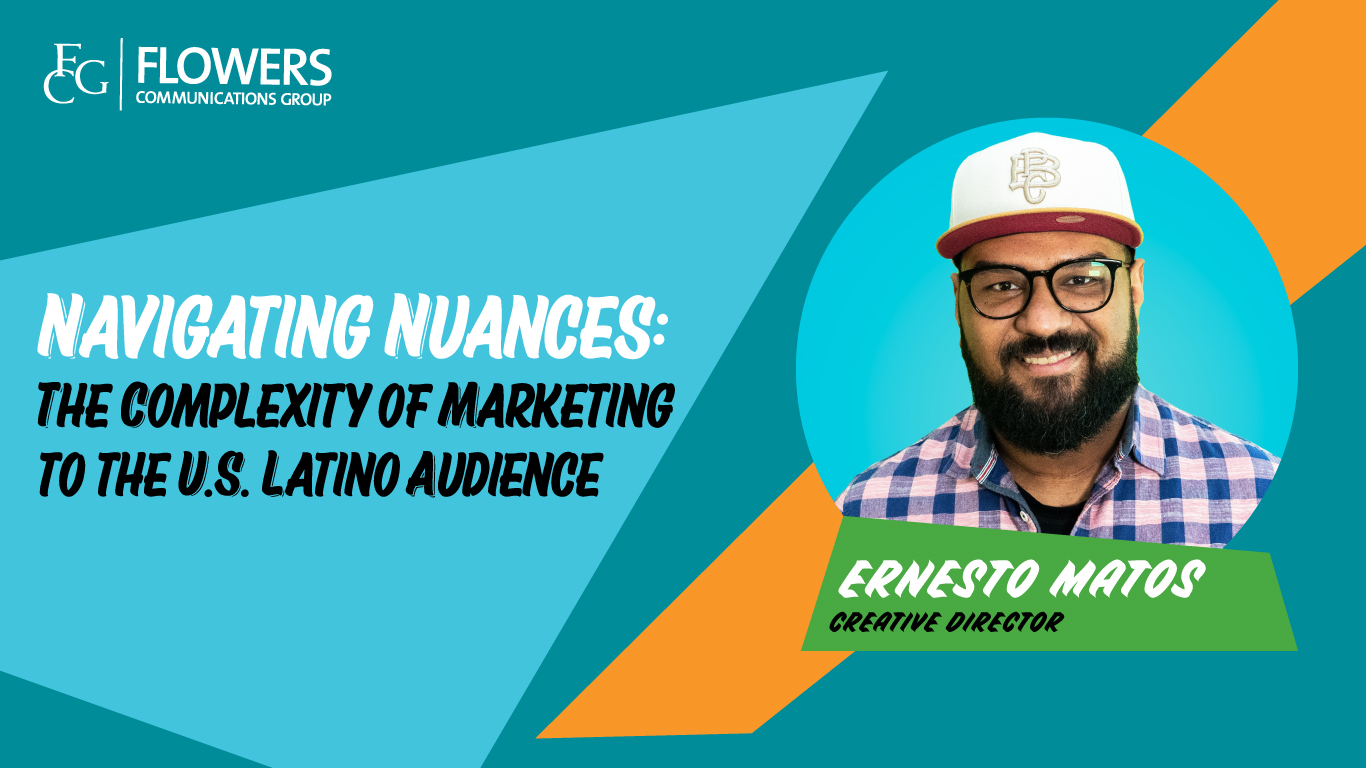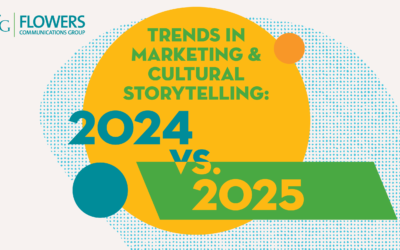When discussing the Latino demographic in the U.S., we’re not talking about a uniform, easily categorized group. With over 65.2 million Latinos in the country, representing more than 20 nations from Latin America and the Caribbean, this is a deeply diverse population. The concept of Latinidad is multifaceted and layered. From my years in creative leadership, working on campaigns for brands like The Coca-Cola Company, Anheuser-Busch / InBev, and Jeep, it’s become crystal clear that simplifying Hispanic culture is not only a mistake but a missed opportunity.
A Regional Mosaic
Latino communities across the U.S. bring unique cultural flavors, and that regional variation plays an enormous role in consumer behavior. Take Los Angeles, where 74% of Latinos are Mexican [1]. Compare that to Miami, where 54% are Cuban [2], and New York City, where Puerto Ricans make up 32% of the Latino population [3]. These aren’t just numbers on a spreadsheet—they represent vastly different traditions, values, and purchasing habits. Ignoring this geographical and cultural spread is like assuming all Southern cuisine is just BBQ—close but you’re missing the details that matter.
When brands target these distinct communities, tailored campaigns reflecting local nuances prove to be the differentiator between campaigns that resonate. A Cuban American in Miami might prioritize different cultural touchstones than a Mexican American in Los Angeles. Marketing success hinges on acknowledging these distinctions rather than lumping all Latinos together under one umbrella.
Language: Not Just a Translation Game
It’s tempting to think, “Well, they speak Spanish, don’t they?” But any marketer worth their salt knows this is where many campaigns fall flat. Yes, 62% of Latinos in the U.S. speak English proficiently [4], but for those who prefer Spanish, a “one-size-fits-all” approach to the language will feel disingenuous. Cuban Spanish, Mexican Spanish, Puerto Rican Spanish—these aren’t minor dialectical variations that carry significant cultural weight. A nuanced approach to language—one that acknowledges these subtleties—can elevate a campaign from simply being heard to truly being felt.
In the work we do at FCG we don’t just translate; we localize and what I’ve learned over the years is simple: Latinos are listening, and they notice the difference between being spoken to versus being spoken with.
Cultural and Socioeconomic Diversity
Additionally, not only are Latino’s in the U.S. culturally diverse they also vary economically. Marketing strategies that ignore these disparities risk sending messages that fall on deaf ears.
Add to that the different levels of acculturation between first-generation immigrants and their second- or third-generation counterparts, and you’ve got a landscape that requires a highly strategic approach. Some Latinos hold tightly to their cultural roots, while others blend Latin and American influences seamlessly. Successful campaigns should navigate this spectrum with precision, offering messages that reflect both cultural pride and modern-day reality. Anything less, and you’re risking irrelevance.
Multiracial Identity: A Growing Dynamic
A trend that’s reshaping the landscape is the increasing number of Latinos identifying as multiracial. In 2020, the percentage of Latinos identifying as two or more races was 42% [5]. This adds yet another layer of complexity to the Latino identity in the U.S. It’s a dynamic intersection of race, culture, and ethnicity that marketers should be aware of because failure to do so will overlook a large segment of the population.
Stereotypes: A Shortcut to Failure
If there’s one thing the data makes clear, it’s that stereotypes are a shortcut to campaign failure. Why? Because too many campaigns default to simplistic, stereotypical representations of Latino culture. Brands that continuously portray Latinos in predictable roles, like the fiery Latina or the hardworking immigrant–don’t resonate; they alienate.
Authenticity: The Key to Loyalty
Latinos are one of the most loyal consumer segments, but that loyalty doesn’t come cheap—it’s earned through authenticity. According to the ANA’s Alliance for Inclusive and Multicultural Marketing, 56% of U.S. Hispanics are more likely to buy from brands that authentically acknowledge their heritage [6]. This isn’t just about translating your message into Spanish; it’s about deeply understanding the values, traditions, and experiences that shape your audience.
From my experience, the brands that succeed in connecting with Latino consumers are the ones that understand the difference between pandering and respect. They don’t just check the “inclusive marketing” box; they invest the time and resources to truly engage with the culture. It’s not a quick win—it’s a long-term strategy that pays off in consumer loyalty.
What You Can Do!
Take a different approach and learn from brands that get it. Avoid lazy stereotypes and, instead, focus on real, authentic storytelling. Acknowledge the intricacies of Latino identity and account for how customers are responding. Because here’s the truth: when brands move beyond caricatures and start to recognize the rich diversity within Latino culture, they begin forging authentic, lasting connections hinged on customer loyalty– which is the goal.
Campaign examples:
Here are some campaign examples that embrace Hispanic culture and showcase the brand’s understanding of it:
Vax*CHI*Nation Campaign
The VaxCHINation campaign, created by Flowers Communications Group for the Chicago Department of Public Health, bridged the COVID-19 information gap-for communities most affected. With the pandemic hitting underserved areas and communities of color the hardest, this campaign didn’t just deliver facts; it aimed to build a shared sense of resilience and solidarity across Chicago.
For our Hispanic audience, we met them where their interests and culture lived; prioritizing their multigenerational families and neighbors, hyper-local communities, such as their city blocks and favorite places, and their neighborhoods. By focusing on authentic connections, we amplified the city’s commitment to equitable access and inspired Chicagoans to join the VaxCHINation movement, making the choice to protect their communities by getting vaccinated.
Target Campaign: #SinTraducción
The #SinTraducción campaign by Target is a great example of how to approach these differences thoughtfully. This campaign celebrated words in Spanish that don’t have a direct translation into English, highlighting the nuances of language and culture that resonate deeply with various Hispanic communities. By tapping into the emotional and cultural significance behind these untranslatable words, Target was able to connect authentically with the Hispanic audience, who saw their language and experiences reflected in the campaign.
Link to video: https://vimeo.com/289166540




